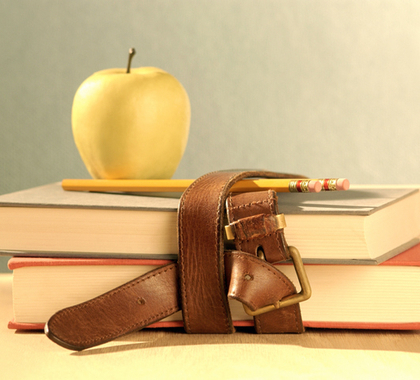Minnesotans faced 39 school operating levy referendums on the ballot this fall, fewer than in any election since 1996. They nixed one of every four proposals at the polls.
Chalk one up for taxpayers? Not exactly. Many school boards had unilaterally raised school levies on their own long before Election Day, without seeking voter approval.
The 2013 Minnesota Legislature gave school boards the authority to go behind the backs of local taxpayers who decline to raise their school taxes.
“The argument is the school board is locally elected and if the citizens don’t like what the school board does, they can vote them out of office and reverse the referendum decision that they made,” said Tom Melcher, director of school finance at the Minnesota Department of Education.
Is It a Referendum?
Educators still call it a “referendum,” but school board members now cast the only votes in deciding whether to impose an operating levy of up to $300 per pupil for five years without public approval.
“Given that the word is referendum, you’d think that yes, the levy authority is there because the voters approved it. But they didn’t, so we kind of have an oxymoron going here,” said Bob Porter, Minnesota Department of Education school finance specialist.
As school boards lined up to capitalize on their newfound power, the number of operating levy-free districts quickly plunged from 39 to nine. Only a handful of small, rural district boards resisted the temptation to up the ante on taxpayers with increased state aid as part of the equation.
“What the governor and the legislature have done is taken away decision-making authority that used to be in the hands of voters, instead giving it to school boards, allowing them to raise taxes or impose taxes unilaterally,” said Jonathan Blake, a Freedom Foundation of Minnesota analyst.
Ignoring Taxpayers
Altogether, 123 school boards have taken advantage of the $300 provision to initiate, increase, or convert their levy levels, Minnesota Department of Education figures show.
Many property owners in districts statewide also will be assessed for a $424-per-pupil “local optional revenue” operating levy approved by legislators, rather than voters. Technically, school boards can opt out of the levy, but in practice they seldom do.
“The only way a district is going to generate less than the $724 is if the school board decides not to use all the levy authority that the legislature has provided it,” said Porter. “Why would they not do that? The two basic reasons would be they think they can operate effectively without that revenue or they figure they’ll never be re-elected, if they approve of it.”
Where does that leave residents of North Branch, an east central community where voters turned down eight straight school levy proposals? Taxpayers will be assessed based on an operating levy referendum of $724 per pupil next school year, once finalized by the school board. To offset part of the cost, legislators upped the percentage of state aid, which depends on a district’s property values.
With part of the board-approved increase already in place, North Branch has added 20 staff and resumed a Monday through Friday school week, after several years on a cost-cutting four-day schedule.
The tradeoff between less taxpayer control and more school board authority concerns at least one North Branch school board member.
“The majority of the people that voted me in there would not pass a levy because we’ve got a city that’s $62 million in debt,” said board member Randy Westby. “The real estate market is declining even now, when things are starting to pick up overall, because we’re too reliant upon property taxes.”
Tom Steward ([email protected]) is a reporter for Watchdog.org, where an earlier version of this article appeared. Reprinted with permission.
Image by Alan Cleaver.




